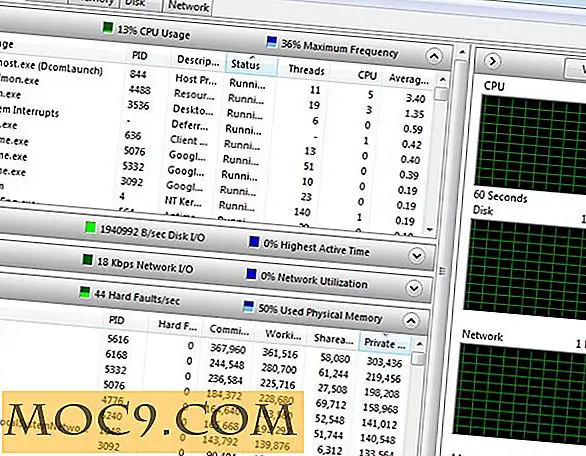

You could run one virtual desktop for work tasks and another for your entertainment apps, for instance, or keep a primary working desktop stocked with Office apps for spreadsheet-slinging, and another devoted to multimedia editing. They’re wildly useful, letting you set up separate “virtual” versions of your desktop, each running its own instances of software. Virtual desktops are catnip for organization-obsessed power users. Open Timeline by clicking the Task View icon in Windows 10’s taskbar or by pressing Windows Key + Tab, and be sure to read our Windows 10 Timeline guide for more granular details. But it’s incredibly handy regardless, especially if you spend a lot of time working in Office. That gives the tool a Microsoft-centric feel. Developers need to allow their software to hook into the feature, and many popular programs-including Google Chrome-don’t bother (though Microsoft offers a “Web Activities” extension that adds Chrome support).

Windows 10 Timeline feature is part of the operating system’s Task View interface. It’s a great feature while it lasts though. Microsoft sadly plans to kill Timeline’s cross-device sync. If you store your files in the cloud, you can pick up where you left off no matter which device you happen to use-though not for much longer. Better yet, Timeline’s tied to your Microsoft account rather than an individual PC.


 0 kommentar(er)
0 kommentar(er)
